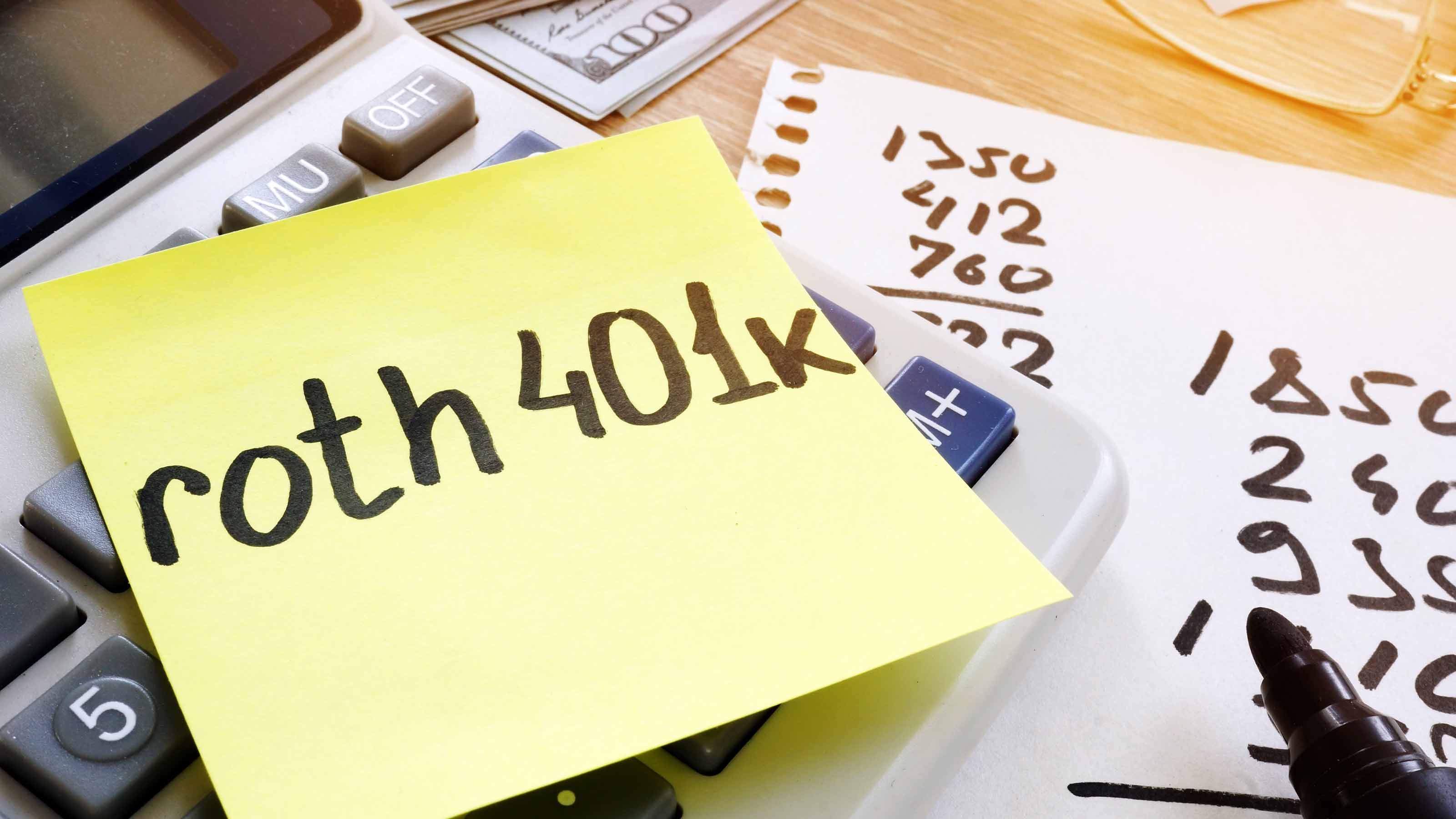IRA Heirs Beware Mistakes
Nonspouse beneficiaries who inherit an IRA should watch out for these common pitfalls.

It's easy to be distracted when a loved one dies, but you need to keep your wits about you if you're inheriting an IRA. Surviving spouses have some leeway, but nonspouse heirs must tread carefully. Make a mistake, and you could trigger a huge tax bill and lose your opportunity for a lifetime of tax-deferred growth. "There are a lot of little traps," says Jeffrey Levine, IRA technical consultant for Ed Slott and Co., which provides IRA advice. Here are some common pitfalls for nonspouse beneficiaries.
Failing to take required distributions. Owners of traditional IRAs must start taking required minimum distributions when they turn 70 1/2. Nonspouse beneficiaries of any age who want to "stretch" the IRA over their own life expectancies must start RMDs the year following the year the owner died. Heirs will have to pay tax on distributions of deductible contributions and earnings from a traditional IRA.
Also, while Roth IRA owners never have to take RMDs, nonspouse beneficiaries must. However, withdrawals from an inherited Roth IRA are still tax free.
From just $107.88 $24.99 for Kiplinger Personal Finance
Become a smarter, better informed investor. Subscribe from just $107.88 $24.99, plus get up to 4 Special Issues

Sign up for Kiplinger’s Free Newsletters
Profit and prosper with the best of expert advice on investing, taxes, retirement, personal finance and more - straight to your e-mail.
Profit and prosper with the best of expert advice - straight to your e-mail.
Not taking an RMD results in a 50% penalty on the amount that should have been withdrawn for the year. If you miss an RMD, you may avoid the penalty by emptying the account within five years of the owner's death. "However, depending on the size of the IRA and the age of the beneficiary, it might be smarter to pay the penalty than to liquidate the account simply to avoid the penalty," says Twila Slesnick, author of IRAs, 401(k)s & Other Retirement Plans (Nolo, $35).
Note, if the owner died after starting RMDs but had not yet taken the RMD for the year in which he or she died, the nonspouse beneficiary must take that RMD.
Titling the account improperly. Nonspouse beneficiaries cannot roll an inherited IRA into their own IRA. Instead, a separate account must be set up with a title that includes the decedent's name and the fact that the account is for a beneficiary, says Levine. For example, the account could be retitled to "John Doe (deceased December 12, 2012) IRA for the benefit of Jane Doe." If the account is split among beneficiaries, each new IRA must be properly retitled. And once the IRA is retitled, don't forget to name successor beneficiaries.
Not dividing the IRA among heirs. Be sure to advise your beneficiaries to split the IRA, especially if they have a wide age difference. If the account is not split, the age of the oldest beneficiary will be used to calculate RMDs, which will shorten the number of years the money can grow tax deferred.
Say the beneficiaries are a 75-year-old sister, a 50-year-old son and a 20-year-old grandchild. If the account remains whole, all the heirs will have to calculate their RMDs based on the 75-year-old's life expectancy. Instead, if the account is split by December 31 of the year following the year the owner dies, each beneficiary can use his or her own life expectancy to take RMDs—and can choose how to invest the money. "The distribution depends on age—the younger the beneficiaries are, the less they have to take out," says Mike Piershale, president of Piershale Financial Group, in Crystal Lake, Ill.
Ignoring non-person beneficiaries. IRAs with multiple beneficiaries that include a charity or other non-person entity must pay out that entity's share by September 30 of the year following the owner's death. If that share isn't paid out and the account hasn't been split, the rest of the beneficiaries can't take withdrawals over their life expectancies. They will have to empty the account within five years if the owner died before his required beginning date for taking distributions. If the owner died after that date, the beneficiaries must take annual RMDs based on the deceased's life expectancy, as noted in IRS tables.
If a trust is a beneficiary, send a copy of the trust to the IRA custodian by October 31 of the year following the year the owner died. Otherwise, the trust is considered a non-designated beneficiary and the same payout rules that applied in the previous scenario with the charity will kick in.
Haven't yet filed for Social Security? Create a personalized strategy to maximize your lifetime income from Social Security. Order Kiplinger's Social Security Solutions today.
Profit and prosper with the best of Kiplinger's advice on investing, taxes, retirement, personal finance and much more. Delivered daily. Enter your email in the box and click Sign Me Up.

-
 I'm want to give my 3 grandkids $5K each for Christmas.
I'm want to give my 3 grandkids $5K each for Christmas.You're comfortably retired and want to give your grandkids a big Christmas check, but their parents are worried they might spend it all. We ask the pros for help.
-
 If You're Not Doing Roth Conversions, You Need to Read This
If You're Not Doing Roth Conversions, You Need to Read ThisRoth conversions and other Roth strategies can be complex, but don't dismiss these tax planning tools outright. They could really work for you and your heirs.
-
 Could Traditional Retirement Expectations Be Killing Us?
Could Traditional Retirement Expectations Be Killing Us?A retirement psychologist makes the case: A fulfilling retirement begins with a blueprint for living, rather than simply the accumulation of a large nest egg.
-
 457 Plan Contribution Limits for 2026
457 Plan Contribution Limits for 2026Retirement plans There are higher 457 plan contribution limits in 2026. That's good news for state and local government employees.
-
 Medicare Basics: 12 Things You Need to Know
Medicare Basics: 12 Things You Need to KnowMedicare There's Medicare Part A, Part B, Part D, Medigap plans, Medicare Advantage plans and so on. We sort out the confusion about signing up for Medicare — and much more.
-
 The Seven Worst Assets to Leave Your Kids or Grandkids
The Seven Worst Assets to Leave Your Kids or Grandkidsinheritance Leaving these assets to your loved ones may be more trouble than it’s worth. Here's how to avoid adding to their grief after you're gone.
-
 SEP IRA Contribution Limits for 2026
SEP IRA Contribution Limits for 2026SEP IRA A good option for small business owners, SEP IRAs allow individual annual contributions of as much as $70,000 in 2025, and up to $72,000 in 2026.
-
 Roth IRA Contribution Limits for 2026
Roth IRA Contribution Limits for 2026Roth IRAs Roth IRAs allow you to save for retirement with after-tax dollars while you're working, and then withdraw those contributions and earnings tax-free when you retire. Here's a look at 2026 limits and income-based phaseouts.
-
 SIMPLE IRA Contribution Limits for 2026
SIMPLE IRA Contribution Limits for 2026simple IRA For 2026, the SIMPLE IRA contribution limit rises to $17,000, with a $4,000 catch-up for those 50 and over, totaling $21,000.
-
 457 Contribution Limits for 2024
457 Contribution Limits for 2024retirement plans State and local government workers can contribute more to their 457 plans in 2024 than in 2023.
-
 Roth 401(k) Contribution Limits for 2026
Roth 401(k) Contribution Limits for 2026retirement plans The Roth 401(k) contribution limit for 2026 has increased, and workers who are 50 and older can save even more.